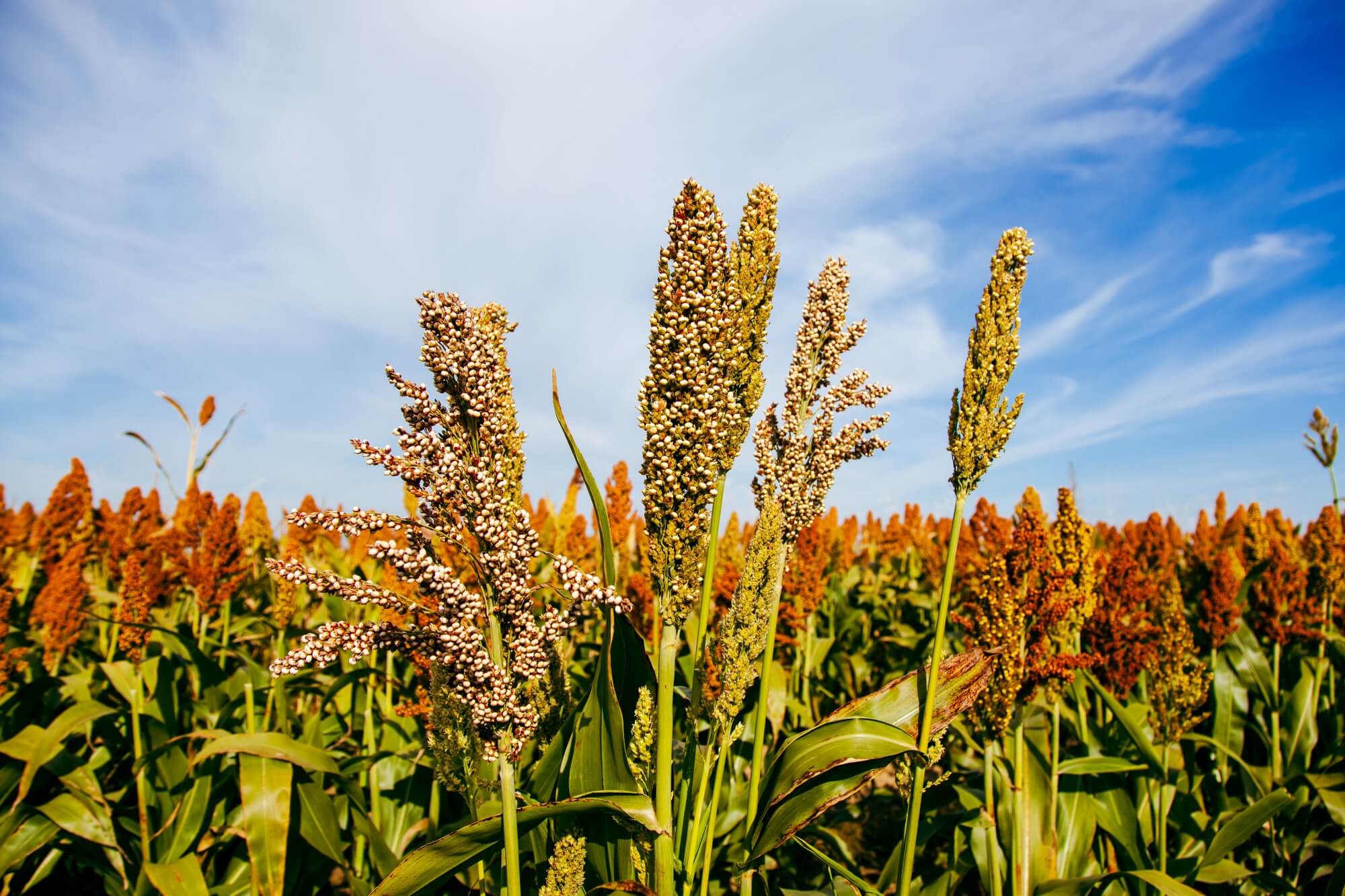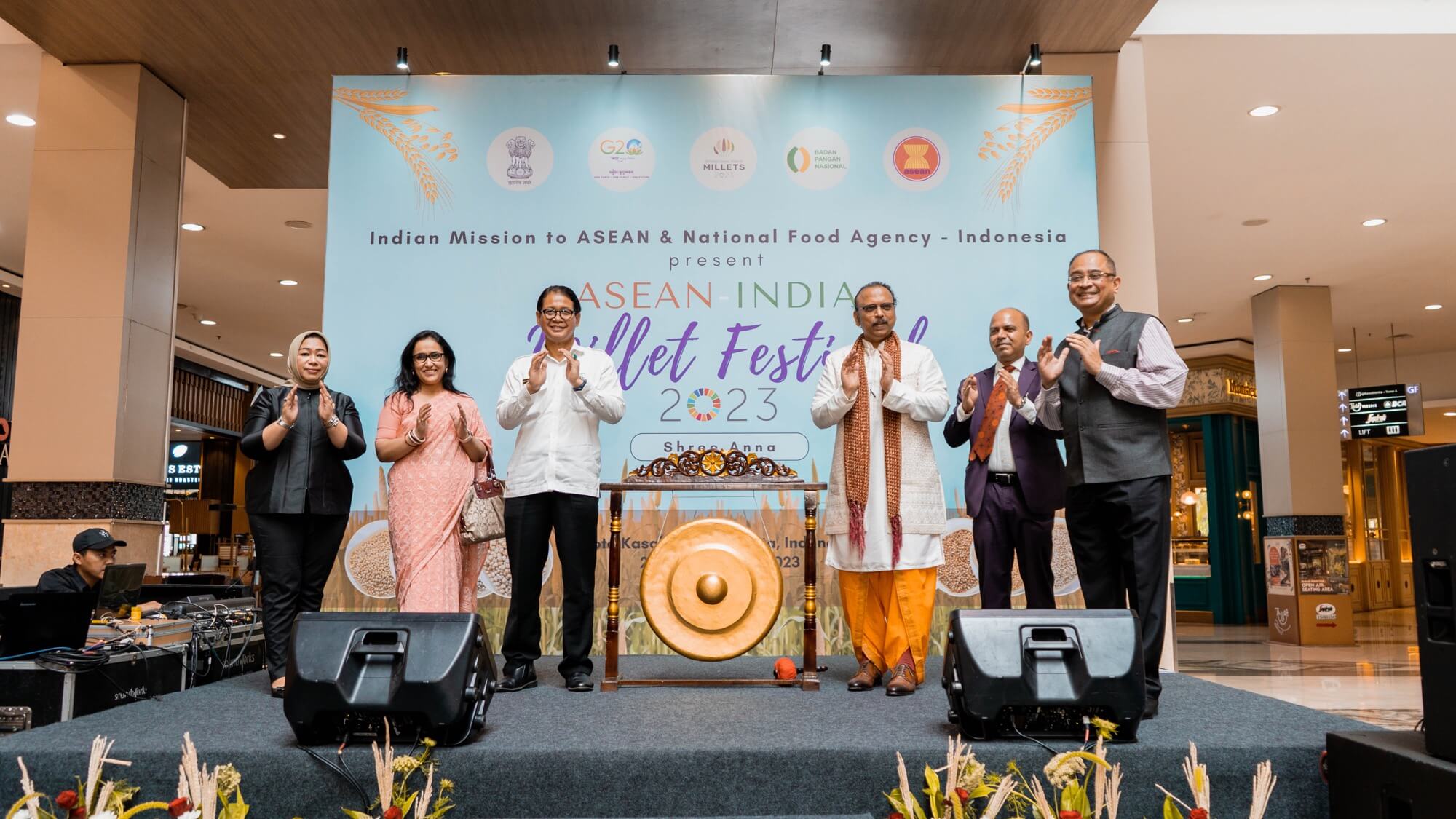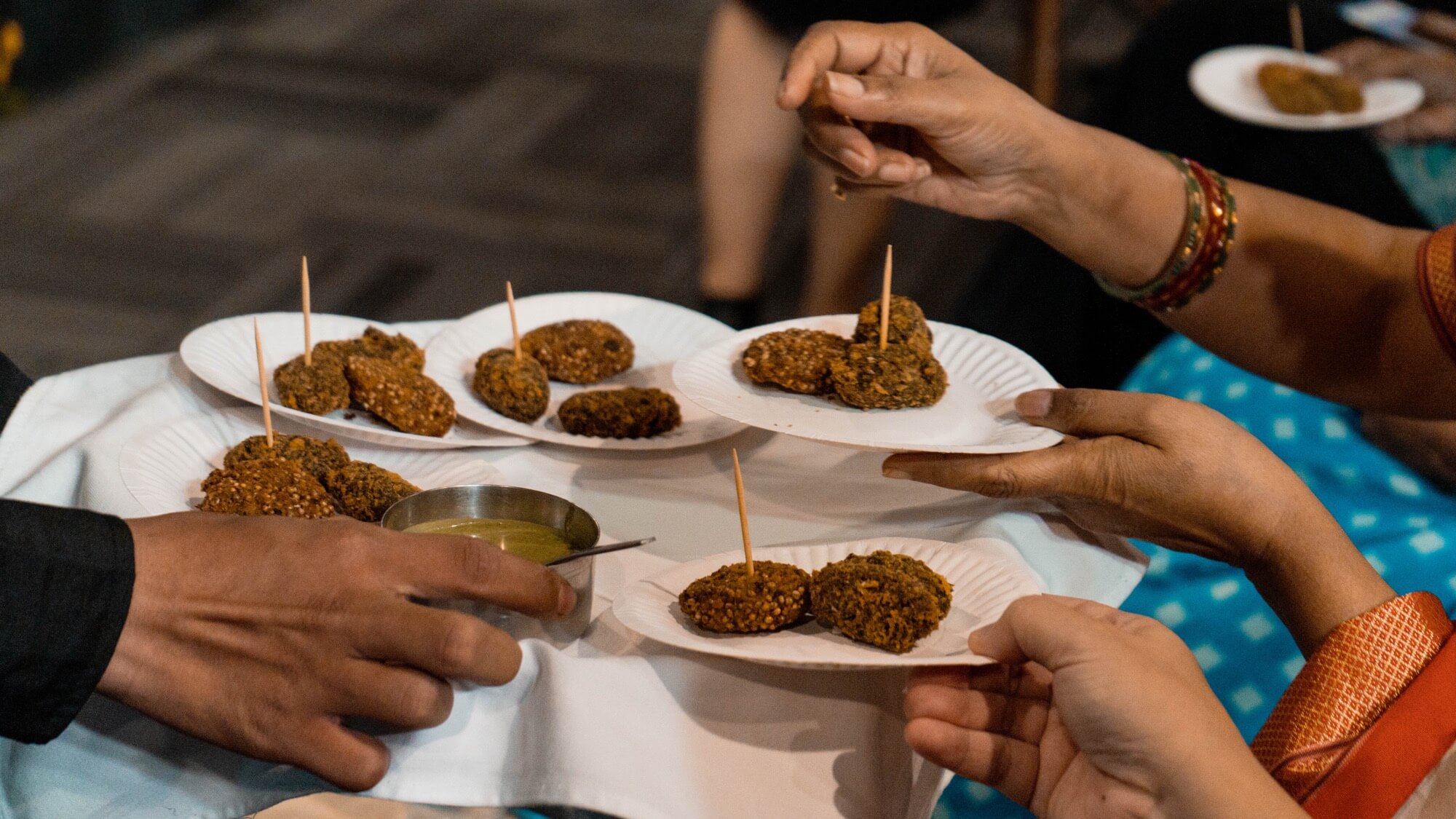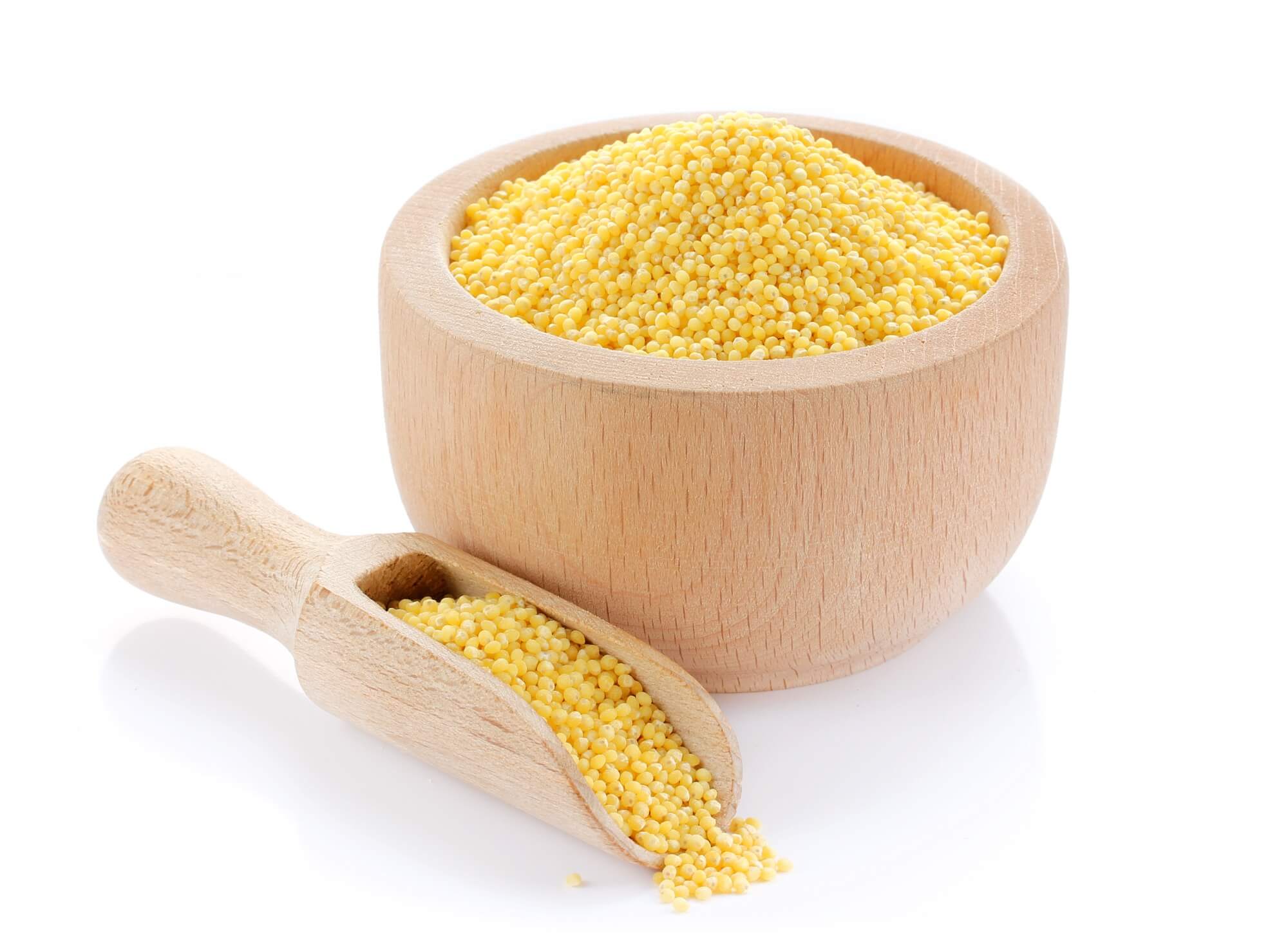




Yes, experts assert that millets offer a sustainable and healthy food source capable of feeding populations worldwide.
Millets constitute a diverse group of small-grained dryland cereals, including varieties such as pearl, proso, foxtail, barnyard, little, kodo, browntop, finger, and guinea millets. Additionally, black and white fonio, sorghum, teff, Job’s tears, and numerous other local species fall under the umbrella of millets.
The Food and Agricultural Organization of the United Nations designated 2023 as the International Year of Millets to draw attention to the numerous benefits of these grains, ranging from their sustainability and climate resilience to nutrition and health benefits. This designation originated from a proposal from India, which is currently the world’s leading producer of millets.
ASEAN and India organised the ASEAN-India Millet Festival on 22-26 November 2023 in Jakarta, Indonesia to mark this momentous year. Both regions recognise the potential of millets to address hunger and food insecurity.
“At the ASEAN-India Summit on 7th of September this year, one of the joint statements we adopted was on food security. Two months hence, we already have this millet festival, which covers food security. That is how effectively our comprehensive strategic partnership is working,” remarked the Permanent Representative of India to ASEAN, Ambassador Jayant Khobragade.
A climate-resilient crop and superfood
Expert speakers at the ASEAN-India Millet Festival panel sessions highlighted the exceptional qualities that make millets a climate-resilient crop.
Millets, they note, have a remarkable ability to grow in adverse conditions, from extreme temperatures to arid environments and diverse soil types. Their capacity to grow with minimal water requirements makes them particularly adaptable during periods of water scarcity or drought. Millets exhibit resilience far exceeding major crops like rice or wheat.
Millets are also farmer-friendly since they have a short growing cycle (12- 14 weeks) and do not require much input. Dr. Maninder Kaur Dwivedi of India’s Department of Agriculture and Farmers Welfare noted: “For the cultivator, millet is a very low-input crop. It requires hardly any pesticide or any fertiliser. It is resistant to a lot of diseases. So the cost of production itself is down. And one or the other millet variety is available throughout the year. Post-harvest storage of millets is much simpler than the conventional crops which have become our staples. One of the millets which grows in India called Kodu can, for instance, be stored for years if not decades with no nutritional degradation happening.”
Since millets require minimal water and agrochemical interventions, they leave very little carbon footprint and promote sustainable farming practices. They even contribute to carbon capture by enhancing soil structure.
Meanwhile, millets have been hailed as a “superfood” because of their excellent nutritional value. “For the consumer, the nutritional benefits are many. It is high in protein, high in minerals, high in fibers. It is gluten-free, and most millets have a low glycemic index,” said Dr. Maninder Kaur Dwivedi.
With 800 million people worldwide living in hunger, Rajendra Aryal, UN FAO country director for Indonesia and Timor Leste, said millets can be positioned as a solution to immediate global food challenges. At the same time, millets can be “allies” for building resilient, inclusive, and equitable agri-food systems that can withstand the impacts of climate change and disasters.

India as a global millet producer
India currently accounts for 40 per cent of global millet production, serving as a source of livelihood for more than 25 million farmers.
According to Smt. Shubha Thakur of India’s Department of Agriculture and Farmers Welfare, the government of India tapped its ministries, such as Commerce and Industry, Food, and Agriculture, to establish safety standards, assist farmers, increase yield, and export millets around the globe.
The declaration of the 2023 International Year of Millets has given India a venue to advocate for the sustainable cultivation and consumption of millets. Smt. Shubha Thakur said campaigns have been organised by educational institutions within India and by Indian embassies worldwide to promote millets globally, mirroring India’s approach to promoting yoga.
Millet consumption in India has been traced all the way back to the Indus Valley Civilisation. But while millets are still among India’s major crops, consumption of millets is declining. “The millets had gradually been edged out of our kitchens and our tables because other food grains came in which were easier to prepare and which did not require much labour,” said Dr. Maninder Kaur Dwivedi.
Smt. Shubha Thakur stressed the need to reintroduce millets to Indian diets. “To bring millets back to the plate, to bring them to the forefront of our diets, we need to brand them as easy to cook and good to eat. We want to capture the imagination of the younger generations, that you can eat pasta from millets, you can eat noodles from millets, you can eat cakes from millets,” she said.
Ambassador Jayant Khobragade is hopeful about the increasing number of startups focused on making products from millets, such as millet-based noodles and millet-based biscuits. He invited all participants to visit the 24 exhibition stalls and cooking demonstration to learn more about millet varieties and their culinary possibilities.

Millets in ASEAN: Indonesia, the Lao PDR, and Thailand
Dr. Andriko Noto Susanto, representing the head of Indonesia’s National Food Agency, said that ensuring national food security through dietary diversification, including consumption of millets, is among the country’s priorities.
Rinna Syawal, Director of Food Consumption Diversification at the Indonesia National Food Agency, mentioned that Indonesia grows different types of millets, including fox-tailed millet or hotong in Java, Sulawesi, and Maluku; barnyard millet in Sumbawa and Sulawesi, finger millet in Sumatra and Java, and proso millet in Flores.
Director Syawal said that the Indonesian government is employing three key strategies to introduce millets as an alternative carbohydrate source: formulate regulations for local food diversification, conduct promotional campaigns and educational initiatives, and encourage the food industry to incorporate millets as raw materials.
In addition, she said, “Academics can contribute in developing technology and innovation associated with millets. The culinary and tourism sectors also play an important role by offering millet-based menus to visitors. Media can encourage the promotion of millets as healthy and nutritious alternative food to communities. Moreover, the involvement of non-formal leadership, such as community leaders, religious leaders, traditional cultural leaders, is important and they can act as a role model in supporting the use of millets in Indonesia.”
In the Lao PDR, although rice remains the primary staple crop, millets are essential in upland areas when rice yields are low during the dry season, according to Vilayphone Sourideth of the National Agriculture and Forestry Research Institute, Ministry of Agriculture and Forestry, Lao PDR.
Ms. Sourideth said that the Lao PDR government recognises the importance of millets and thus embarked on a survey on the biodiversity of millets in cooperation with the National Institute of Agrobiological Sciences of Japan. She added that the festival allows countries like the Lao PDR an opportunity to learn from India on the versatility of millets as a food source.
In Thailand, Raweewan Chuekittisak of the Department of Agriculture, Thailand, reported that millet cultivation covers 4,000 hectares of land, yielding 8,208 tons. The main produce is grain sorghum, which is used for mushroom production, feed meal, and desserts. Thai farmers grow sorghum as a secondary source of income.
Ms. Chuekittisak said the Thai Department of Agriculture plans to introduce a new variety, sweet sorghum, in the coming years to augment sugarcane production and offer a viable alternative in the face of climate change.
Opportunities for cooperation
Assistant Director Pham Quang Minh of the ASEAN Economic Community Department, ASEAN Secretariat said millets present a range of benefits to ASEAN Member States, particularly in the context of decarbonisation and reduction of the use of harmful chemicals in the agriculture sector. Both of these are priorities of ASEAN, he noted.
Assistant Director Pham said that recent discussions between ASEAN and India have centred around agricultural cooperation and food security, particularly in promoting millets. “ASEAN and India can think about how we also can work together, in post-2025, to promote the production and consumption of millets in ASEAN,” he concluded.









